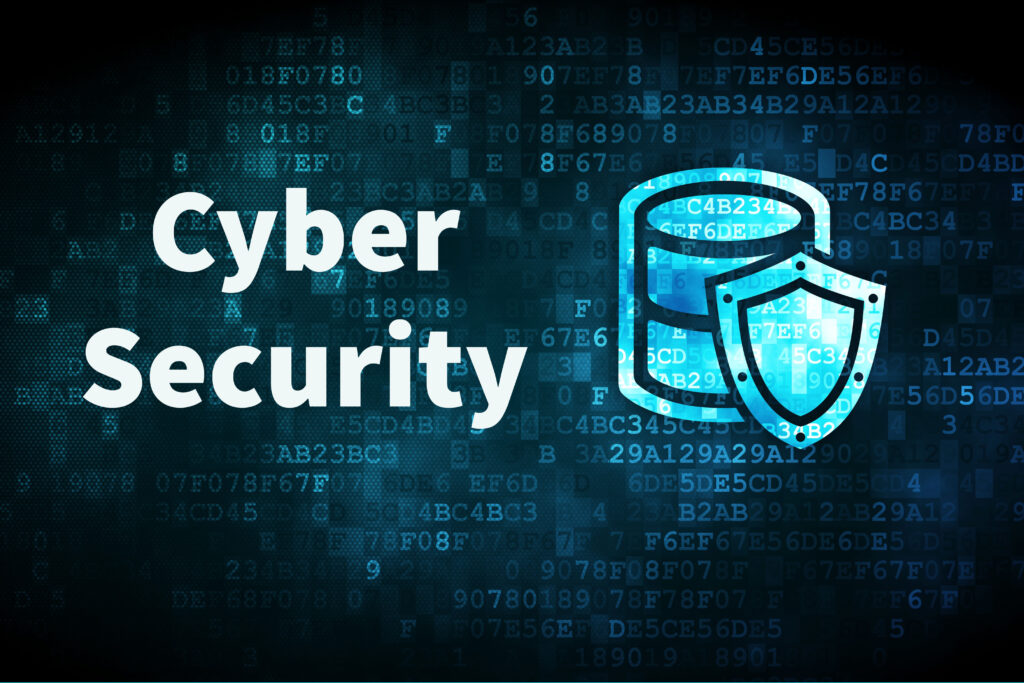
Do you want to safeguard your organization’s sensitive data and prevent cyberattacks? Look no further than our expert cyber security services!
Our team of experienced forensic investigators use cutting-edge technology and techniques to gather, analyze, and interpret digital evidence, giving you the peace of mind that comes with knowing your systems are secure.
Whether you’re dealing with a suspected breach, a data theft, or simply want to ensure your systems are as secure as possible, our computer forensics services can help. Trust us to provide you with the insight and information you need to make informed decisions and protect your business. Contact us today to learn more.
Cybersecurity is the practice of protecting electronic data, networks, devices, and computer systems from unauthorized access, theft, and damage. The best approaches to cybersecurity involve a combination of strategies, technologies, and processes to protect against known and unknown threats. Here are some key best practices in cybersecurity:
- Risk assessment: Conducting a thorough risk assessment is a critical first step in developing a cybersecurity plan. This process helps to identify potential vulnerabilities, evaluate risks, and prioritize security measures.
- Multi-layered approach: A multi-layered approach to cybersecurity involves deploying a range of security measures, including firewalls, anti-virus software, intrusion detection and prevention systems, encryption, and access controls, among others.
- Regular updates: Keeping systems up-to-date with the latest security patches, software upgrades, and firmware updates is essential for addressing vulnerabilities and reducing the risk of cyber attacks.
- Employee training: Training employees on cybersecurity best practices is an important step in preventing cyber attacks. Employees should be trained on how to recognize and avoid phishing scams, how to create strong passwords, and how to securely handle sensitive data.
- Incident response plan: Having an incident response plan in place can help to minimize the impact of a cyber attack and facilitate a quick and effective response. The plan should outline the steps to take in the event of a cyber attack, including who to contact, how to contain the attack, and how to restore systems and data.
- Regular testing: Regular testing of cybersecurity measures is important for ensuring that systems and data remain secure. This includes conducting penetration testing, vulnerability scans, and security audits to identify potential weaknesses and address them before they can be exploited by cyber criminals.
The best approach to cybersecurity involves a proactive and holistic strategy that involves regular risk assessments, a multi-layered security approach, ongoing employee training, and a comprehensive incident response plan.
Cyber Security Incident Response
A cyber security incident response is a process that organizations use to identify, contain, and recover from cyber security attacks or breaches. Here are some best practices for cyber security incident response:
- Prepare a plan: Organizations should create and regularly update a cyber security incident response plan that includes procedures for identifying, containing, and recovering from cyber security incidents. The plan should identify key personnel responsible for implementing the plan and include a communication strategy.
- Train employees: All employees should receive training on the incident response plan, including the procedures for identifying, reporting, and responding to incidents. Employees should also receive regular security awareness training to help them identify and prevent potential security incidents.
- Monitor systems: Organizations should monitor their systems for unusual activity or anomalous behavior. This includes monitoring network traffic, system logs, and user activity.
- Establish incident response teams: Organizations should have dedicated incident response teams with the necessary technical and non-technical expertise to handle different types of security incidents.
- Establish a communication plan: Organizations should have a communication plan in place that outlines who should be notified in the event of a security incident, including internal personnel and external stakeholders such as law enforcement agencies, regulatory bodies, and customers.
- Document the incident: Organizations should document all aspects of the incident, including the initial response, containment, and recovery efforts. This documentation will be helpful for future incident response planning and can also be used for legal and regulatory compliance purposes.
- Analyze the incident: Organizations should analyze the incident to determine the cause and extent of the breach. This analysis will help identify any weaknesses in the security infrastructure and inform future security improvements.
- Remediate and recover: Once the incident has been contained, organizations should remediate any vulnerabilities and restore affected systems and data. Organizations should also conduct a post-incident review to identify lessons learned and improve future incident response plans.
An effective cyber security incident response requires preparation, communication, and a structured approach to identifying and containing security incidents.
Cyber Security Breach Remediation
The steps for cyber security breach remediation may vary depending on the nature and severity of the breach, but generally include the following:
- Identification and containment: Once the breach is detected, the first step is to identify the extent of the damage and contain it as much as possible to prevent further harm.
- Investigation: After the initial containment, a thorough investigation is conducted to determine how the breach occurred, what data was compromised, and who may have been affected.
- Notification: Depending on the nature of the breach and applicable regulations, notification to affected parties may be required. This may include customers, employees, vendors, or other stakeholders who may have been impacted.
- Data recovery: In some cases, data may be lost or corrupted as a result of the breach. The next step is to attempt to recover any lost or damaged data.
- Remediation: Once the breach has been contained, the investigation is complete, and notification has been made, the next step is to take corrective action to prevent similar breaches from occurring in the future. This may include implementing new security measures, updating policies and procedures, or conducting employee training.
- Monitoring: Finally, ongoing monitoring is necessary to ensure that the breach has been fully remediated and that no new security vulnerabilities have been introduced.
It is important to note that these steps may overlap or occur simultaneously and may require the involvement of multiple parties such as legal counsel, IT personnel, and outside cyber security experts.



